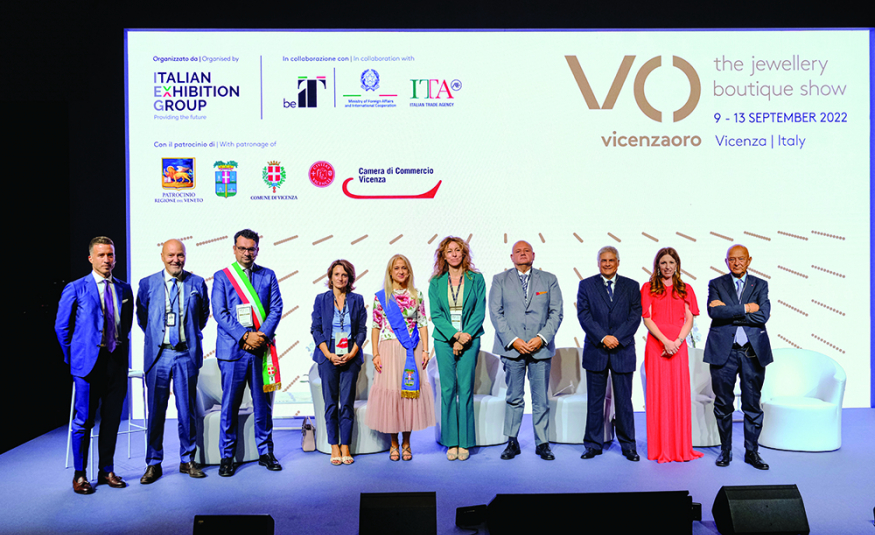EW talks to Corrado Peraboni, CEO Italian Exhibition Group, and gets a new sense of ‘community’ in approach
Can you explain what IEG’s ambition to be the ‘community catalyst’ of its industries means?
The theme of community will be central in the coming years. In fact, the business plan presented at the end of July includes IEG’s ambition to act increasingly more as the community catalyst of the industries represented in its events. In other words, it aims to strengthen its function as an organiser of trade show events by taking on an ever more active role in attracting, satisfying and evolving the future of those communities.
How will this transformation come about?
To put it simply, we will proceed through five steps, starting with the most obvious which is to enhance the annual/biennial physical moment in terms of the various sectors’ representation and business opportunities. The second challenge is to succeed in generating value for all stakeholders, not only for exhibiting companies but also for associations and local and national authorities, stimulating innovation and including subjects and topics apparently unrelated to the trade show business, such as professional and scientific training. When all the salient elements of a brand speak to the right stakeholders, communication becomes a true dialogue. Indeed, a company is now seen as a veritable individual with whom to relate, especially by the so-called Generation Z.
What are the next steps after this innovative transition?
I would say the correct geographical positioning – and here I can mention one of our main exhibitions: Ecomondo/Key Energy (the latter will be an Ecomondo spin-off in 2023). Once the exhibition’s specific leadership catchment area has been identified, in this case focused on the Mediterranean Basin including Africa, the possible regional (Naples) and foreign (in Mexico in joint venture with Deutsche Messe and in Chengdu) offshoots can be decided. For far too long, Italian operators have only focused on taking collectives to shows staged by others while we at IEG aim to be the actual organisers.
What innovation projects has IEG activated?
The Rubicon project, which we devised and launched during the pandemic, will allow us to complete a digital transition with realistic and concrete objectives: the digitalisation of business processes and the improvement of customer experience. Besides, of course, improving the quantity and quality of the data at our disposal, which we would like to use for what they actually are: the bricks with which to finish building our communities. Digital activities are fundamental for interacting with communities in the periods between physical events.
And IEG’s fifth step to being a ‘community catalyst’ of its industries?
The fifth step is the one we may have already reached and that starts with an observation: you cannot be a community catalyst if you are not a community yourself and IEG is an extremely close-knit community.





